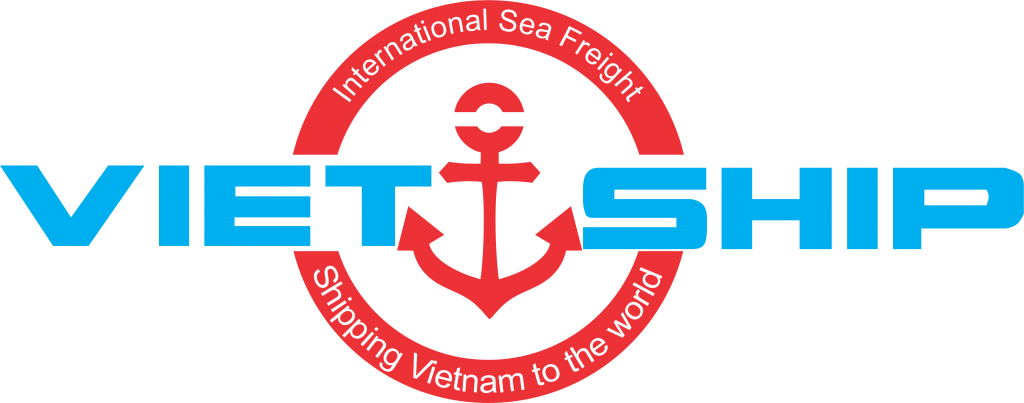Why Logistics Costs Make Up 17% of Product Price in Vietnam’s Busiest Economic Zone
In Vietnam’s most dynamic economic region—Southeast (Đông Nam Bộ)—logistics costs have ballooned, now accounting for about 17% of the final price of goods. Businesses and experts agree that this high rate is a major obstacle to competitiveness. What drives the cost, and what can be done about it?

Major Cost Drivers in Logistics
-
Fragmented Infrastructure and Local Disconnects
Although infrastructure has improved in recent years, planning remains fragmented. Many logistics hubs, warehouses, and transport routes are built with local priorities, not regional coordination. This leads to inefficiencies, underused capacity, and duplication of effort across provinces. -
Port Capacity Imbalance
The region is home to a number of large ports—such as Cát Lái/SP-ITC, Cái Mép-Thị Vải, Hiệp Phước, Phước An, and the International Port of Long An. Yet, only some have the capability to handle very large “mother ships.” Without coordinated use of all ports, traffic bottlenecks and overuse of certain ports occur, raising costs for nearby users and putting pressure on transport infrastructure. -
Regulatory Differences Between Provinces
After recent administrative changes, including merging or redrawing provincial boundaries, there is still a lack of consistency in regulations, procedures, and standards between neighboring areas. Businesses must navigate a patchwork of rules—about taxes, permits, transport routes—which adds time, friction, and cost. -
Workforce & Skills Disparity
The skills and capabilities of the logistics workforce vary significantly across provinces. While Ho Chi Minh City has a relatively developed logistics training ecosystem, newly merged or smaller provinces like Tây Ninh are still building capacity—fewer training facilities, less experienced instructors. This discrepancy leads to differences in operational efficiency and added cost burdens. -
Coordination & Governance Shortfalls
Plans for regional logistics governance exist, but authority and execution are fragmented. Although there is a Southeast Region Logistics Council under the Prime Minister, logistics is just one of its many responsibilities. Experts recommend creating a specialized regional logistics authority with sufficient power over planning, standard processes, fee harmonization, and monitoring to bring consistency and reduce inefficiencies.
Impacts of 17% Logistics Cost
-
Reduced competitiveness: When so much of retail or manufacturing cost comes from logistics, it limits how aggressively companies can price goods.
-
Higher prices for consumers: Additional costs are often passed down, making everyday goods more expensive.
-
Strained margins for manufacturers: Especially for small and medium enterprises without economies of scale, high logistics costs eat into profit.
-
Inefficient regional growth: Investment in infrastructure continues, but without better coordination, benefits are not evenly spread; some ports or areas remain underutilized.
Possible Solutions
-
Regional Logistics Authority
A strong, empowered body focused purely on logistics could oversee cross‐province coordination, streamline administrative procedures, and standardize operational protocols. -
Standardized Training & Human Resource Development
Uniform certification systems, shared training centers, and exchanging expertise between provinces can help reduce skill gaps and improve labor productivity across the region. -
Improved Port Coordination & Infrastructure Planning
Use each port according to its strengths, build better connecting roads and rail, and ensure that transport networks link shopping hubs, production zones, and ports efficiently. -
Policy Harmonization
Simplifying regulations, fees, permits, and taxes between provinces will reduce delays and avoid extra costs that arise from regional differences. -
Data & Process Transparency
Digital systems to monitor and share data on cargo flows, transit times, and costs can help identify bottlenecks and enable businesses to plan more accurately.
Looking Forward
With major infrastructure projects underway—such as new airports, expanded highways, ring roads, and the planned Cần Giờ port—this is a pivotal moment for Southeast Vietnam. Acting now to reduce coordination gaps, increase regulation consistency, and invest in skills will help prevent old problems from continuing into the future.
If logistic costs remain unchecked, the region may pay the price in terms of lost opportunities. But if reforms succeed, the 17% figure could start falling—and make Vietnamese goods more competitive at home and abroad.
Read more:
VGM Là Gì? Tìm Hiểu Quy Định VGM Trong Vận Tải Biển
Gửi hàng đông lạnh đi Trung Quốc tại Hải Phòng

